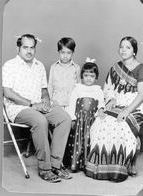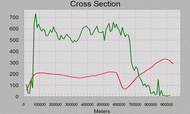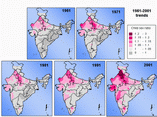|
|
||||||||||
|
a project on fertility transition in South India |
||||||||||
| The project | ||||||||||
|
||||||||||
| The Team | ||||||||||
| Output | ||||||||||
|
|
||||||||||
 |
 |
 |
 |
| South
India Fertility Project
|
|
objectives
|
Objectives
The aim of the project is to analyse the social and economic dimensions of demographic change through the study of spatial heterogeneity of fertility in South India (200 m. inhabitants), a region in the developing world where fertility decline has been extremely rapid in the last twenty years.
Strategy
The project
consists in a combined statistical and spatial study of fertility differentials
at different scales, using computerized Census data supplemented with
fieldwork primary data.
The project starts with the constitution of a large database covering
all localities of South India (social, demographic, economic, and infrastructure
indicators). Simultaneously, data have been digitized on regional geo-referenced
maps. This leads to a variety of thematic mapping, for different zones
and attributes, and at different scales. Some micro-regions were later
selected for intensive analysis with complementary fieldwork.
Feasibility
The project's feasibility rests on the following dimensions:
-
High heterogeneity of fertility levels in South India due to the rapid, but unequal spread of fertility decline.
-
Availability of computerized data from the 1991 Census of India at the lowest administrative level (village, urban ward).
-
Availability of fertility-related measurements from the Census of India
-
A network of researchers with expertise on all South Indian regions
the capacity of the French Institute to process large statistical and spatial information bases.
Relevance
Its relevance derives from the following:
-
current interest in economic vs. socio-cultural factors in fertility decline
-
pioneering role of GIS (geographical information system) in the identification and modelling of spatial phenomena
-
Combined statistical and spatial analysis
-
New demand for micro-level data and analyses to monitor demographic transformations
More about the project
More detail about the project implementation are found elsewhere on this site: